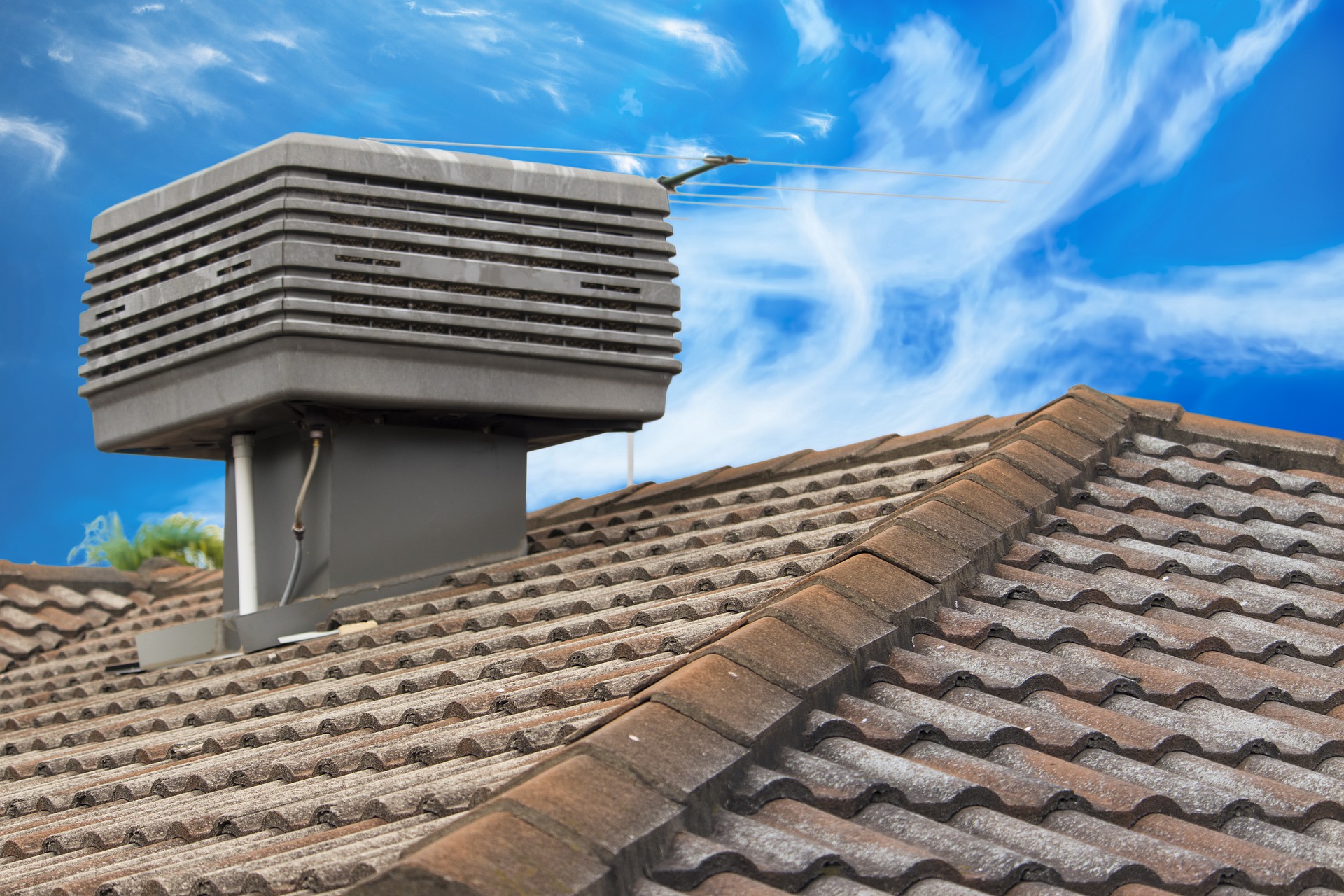Landlord Blog
Education and news for smart DIY landlords!
Keep Your New Home Well-Maintained With This 10-Point Checklist

Owning a home is one of the best joys in life. You have a safe haven for relaxing at the end of a tiring day, building a family, and doing whatever you want. You also have an investment that will potentially increase in value in the future if you take care of it.
Caring for a property means maintaining it, making repairs, and preventing foreseeable damages. However, some new homeowners often ignore this thought and are surprised to find out that their home’s reselling value in the future is much lower than they expect.
Don’t commit this same mistake. Strive to make your home as beautiful, safe, and efficient as it is when you first bought it. Use this checklist as your guide.
1. Keep the floor vacuumed
Dust is more than just dirt. It can also be a health hazard. Some come from the fecal matter of small insects or animals. Others from fungal spores outside or inside your home. Always vacuum the floor at least twice a week. Wipe furniture tops with a damp cloth.
2. Regularly check HVAC systems

HVAC systems have filters that need to be cleaned regularly. They accumulate dust either from taking in air from the outside or venting indoor air out. In the long run, the accumulated dust would make it hard for the appliances to do their job well resulting in a high energy bill.
3. Regularly inspect plumbing and drains
A leaky bathroom or kitchen plumbing adds up to your water consumption. Leaving a busted drain unfixed would invite molds and rot. When they appear, they can damage your home while creating an unpleasant smell. Sometimes molds and rot pose severe health risks.
4. Keep your gutter free of debris
Whether your new home has a tree or not, leaves, branches, or any form of debris can be blown to clog your gutter and drain pipes causing them to burst and damage your exterior wall. Checking and cleaning rain gutters and drain pipes once a week is highly recommended.
5. Pay attention to your roof
High-quality roof material will get weathered eventually. You can increase your roof’s lifespan by going up once a month to sweep off debris that causes moisture to stay. Visit your attic quarterly as well. See to it if there are any leaks from the roof that needs repair.
6. Caulk your windows and doors

Caulking and weather stripping for windows and doors are essential for energy saving. They trap in heat during colder months and keep cool air in during the summer. They are mostly made of rubber and would become brittle eventually. See to it they are in pristine condition by checking them quarterly.
7. Trim the trees
As much as we need trees for a healthier environment, they can cause a lot of damage in urban settings if left unchecked. Dead branches can fall on cars, roofs, people, or even interrupt power lines causing a fire. If your new home has a tree on the lot, check its growth twice a year and trim it if it grows too much.
8. Seal your driveway
Like roofing, concrete driveways are also subject to weather damages such as cracks. From the cracks, vegetation may grow which could make your home lose curb appeal. Most homeowners suggest putting in a new slab of concrete. But you can choose slab jacking as a more affordable method of repair.
9. Test smoke detectors
One can never be too careful when it comes to fire. Especially if you have children or an elderly in your home. That’s why you should change alarm batteries once the current one in use reaches its maximum life. 9V batteries typically last for 6 months. You should change batteries every 4 months just to be safe.
10. Dispose of food properly

Termites, rodents, cockroaches, or any other life form that is unwelcome in your home should be removed. Termites eat up wood in your home and rodents will eat your food. You should do a thorough inspection of your home twice a year.
Rodent droppings are a sign that you don’t properly store food or dispose of it. Throw it away in a locked bin. The presence of termite pathways signifies that your wood isn’t cured. Hire an expert to treat the wood parts of your home or go for the DIY path.
There are more points to follow in keeping your home well-maintained and safe. Try to ask friends, colleagues, or relatives about specific areas you need to focus on during home maintenance. You might learn hacks as well that can save you a lot of time and money!
Discover more tips on what it takes to increase your home’s value here:
